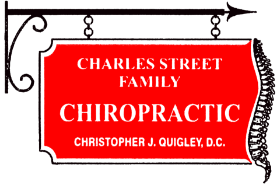Understanding Thoracic Kyphosis: Causes, Symptoms, and Treatment
Thoracic kyphosis is a condition where the upper back develops an abnormal forward curve, leading to a rounded or hunched appearance. The thoracic spine, located in the mid-back, naturally has a gentle curve, but when this curve becomes excessive—typically more than 50 degrees—it results in thoracic kyphosis. This condition is often visibly recognized as a “humpback” or “dowager’s hump” and can significantly affect posture, mobility, and overall health.
Thoracic kyphosis can occur due to various factors. One of the most common causes, especially among teenagers, is poor posture. Slouching or sitting for long periods with improper posture can stretch and weaken the back muscles, leading to an exaggerated curve in the thoracic spine. Another common cause, particularly in adolescents, is Scheuermann’s disease. This condition results in a more rigid and angular curve, as the vertebrae in the thoracic spine grow unevenly, causing them to wedge together and create a pronounced curve. In older adults, weakened bones due to osteoporosis can cause vertebrae to collapse or compress, resulting in a more severe curve. This is sometimes referred to as age-related kyphosis or “dowager’s hump.” Additionally, congenital kyphosis is a rare form of the condition where an individual is born with an abnormal spinal structure that leads to kyphosis. Spinal infections or tumors, as well as trauma affecting the spine, can also contribute to the development of thoracic kyphosis.
The most noticeable symptom of thoracic kyphosis is a rounded or hunched back. Those affected may also experience back pain or stiffness, along with muscle fatigue, especially after standing or sitting for long periods. Some individuals may find it difficult to stand or sit upright for extended periods, and in severe cases, breathing difficulties may arise due to reduced lung capacity. While mild kyphosis may not cause significant problems, severe cases can severely impact movement and overall quality of life.
Treatment for thoracic kyphosis depends on the severity of the condition and its underlying cause. For postural kyphosis, chiropractic care and exercises aimed at strengthening the back muscles, along with postural corrections, are often effective.
In conclusion, thoracic kyphosis is a condition that can affect people of all ages. Early intervention and appropriate treatment can help manage symptoms and prevent progression. If you are experiencing thoracic kyphosis, please call Charles Street Family Chiropractic at 617-720-1992 to see how we can help you today!
